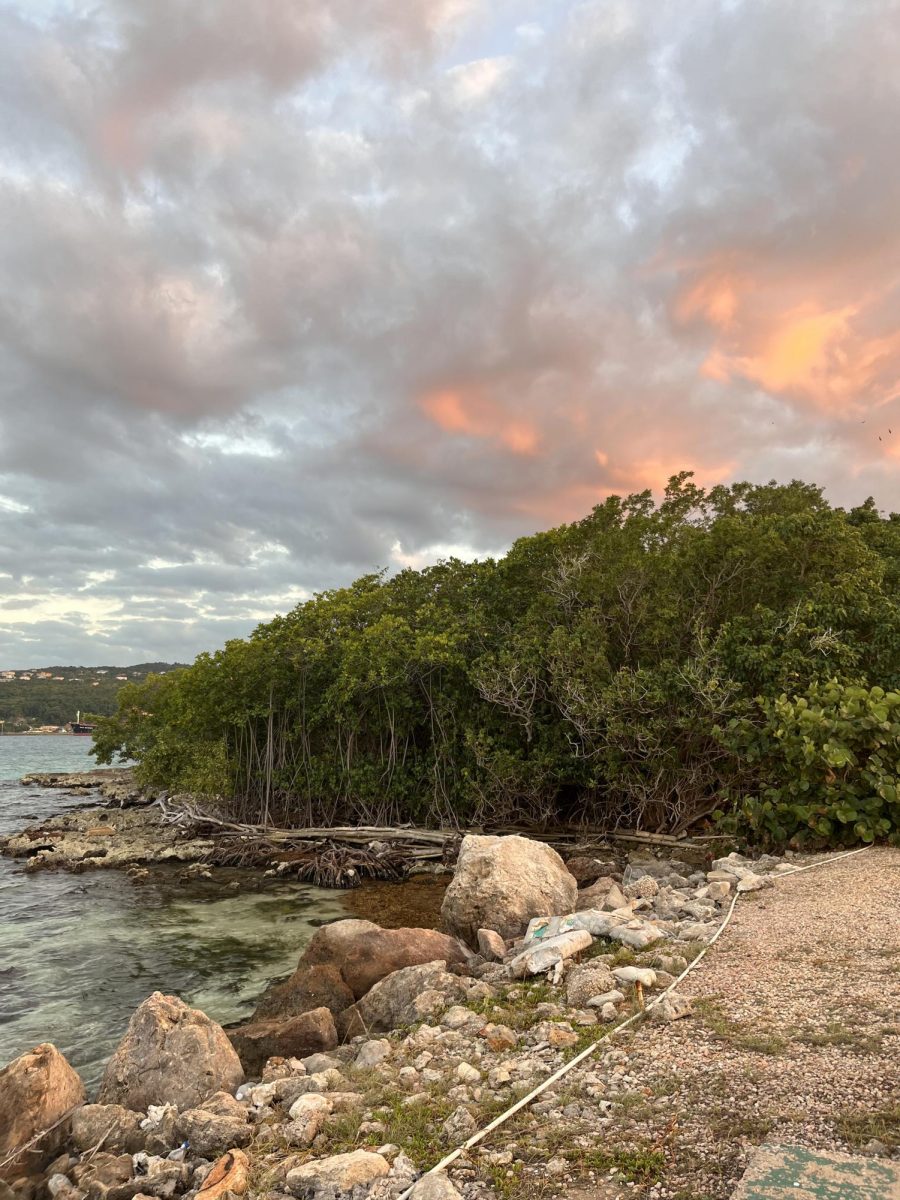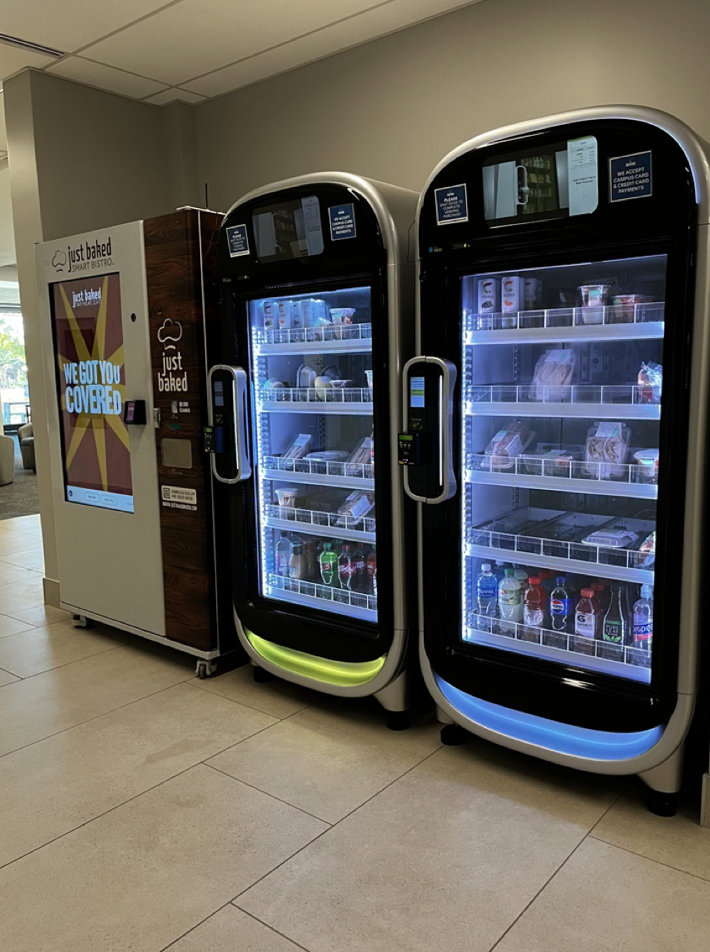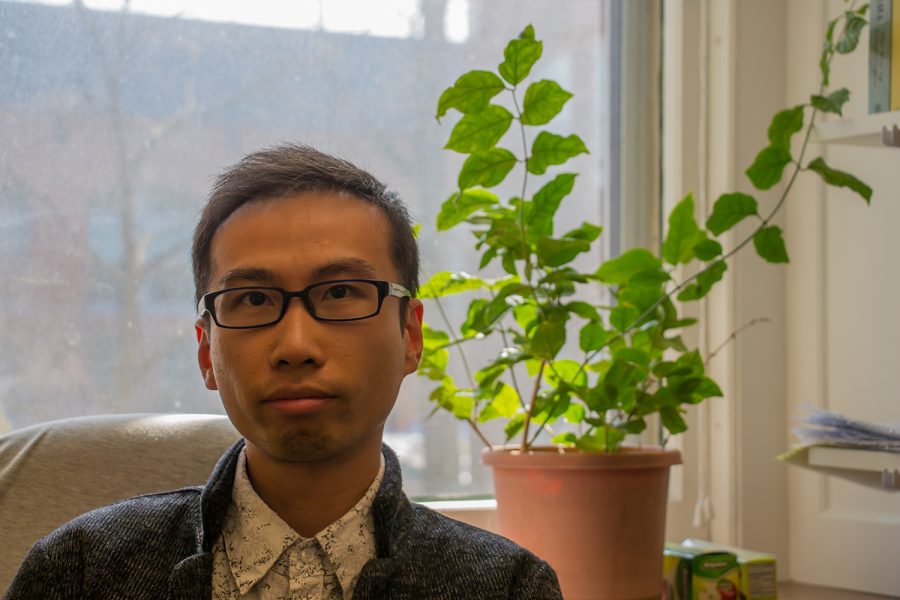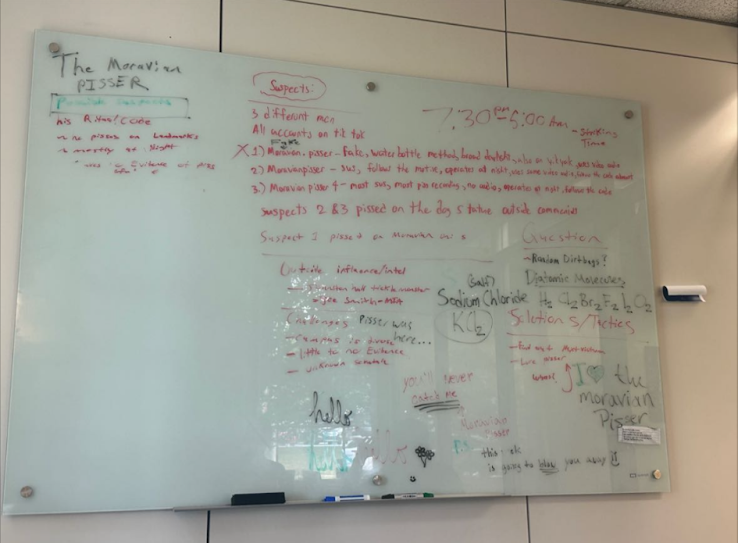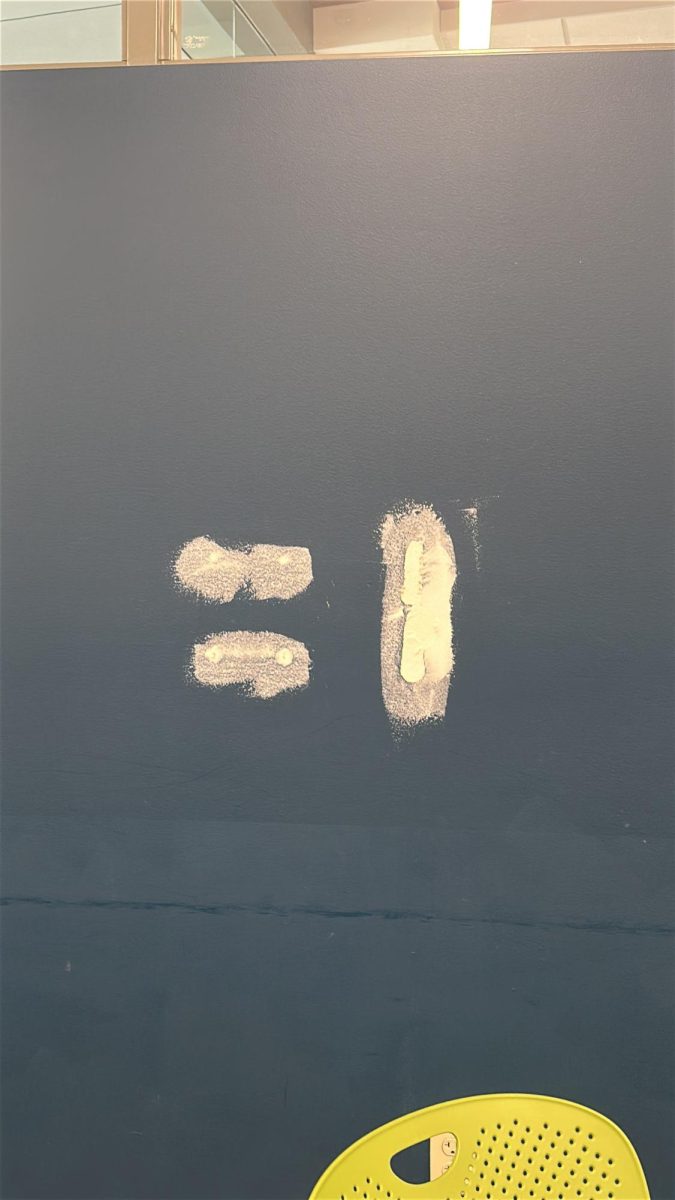I was always told that if the opportunity presented itself, I should study abroad. My high school choir traveled to Europe on several occasions and I attended the trips both my sophomore and junior years. Due to my experiences with being out of the country, I felt confident that I could participate in one of Moravian’s ELEVATE study abroad programs. I chose to participate in the spring break trip to Discovery Bay, Jamaica, run by Dr. Joshua Lord and Dr. Natasha Woods, two professors whom, prior to this trip, I had not interacted with. During this trip, students were expected to snorkel in the water surrounding the lab, identify species, and conduct experiments.
As the days leading up to spring break flew by, the anticipation of adventure and feelings of the unknown fluttered in my stomach. I was anxious to say the least, being in a new environment with professors I did not know. Quickly my fears subsided when the two of them took a clear interest in my feelings about this trip. I had raised concerns about not being a STEM student, and never once did they make me feel as though I did not belong. If anything, I was encouraged to get out into the water and explore and ask questions about anything that I was unsure of. Their passion for science, both marine and environmental, is truly inspiring.
When we finally touched down in Montego Bay, the heat and excitement hit me like a train. As our group filed into our tour bus for the hour-long drive to the marine lab, I looked around to see who would be my family for the next 10 days. Some of the faces I saw were familiar, but most were new to me.
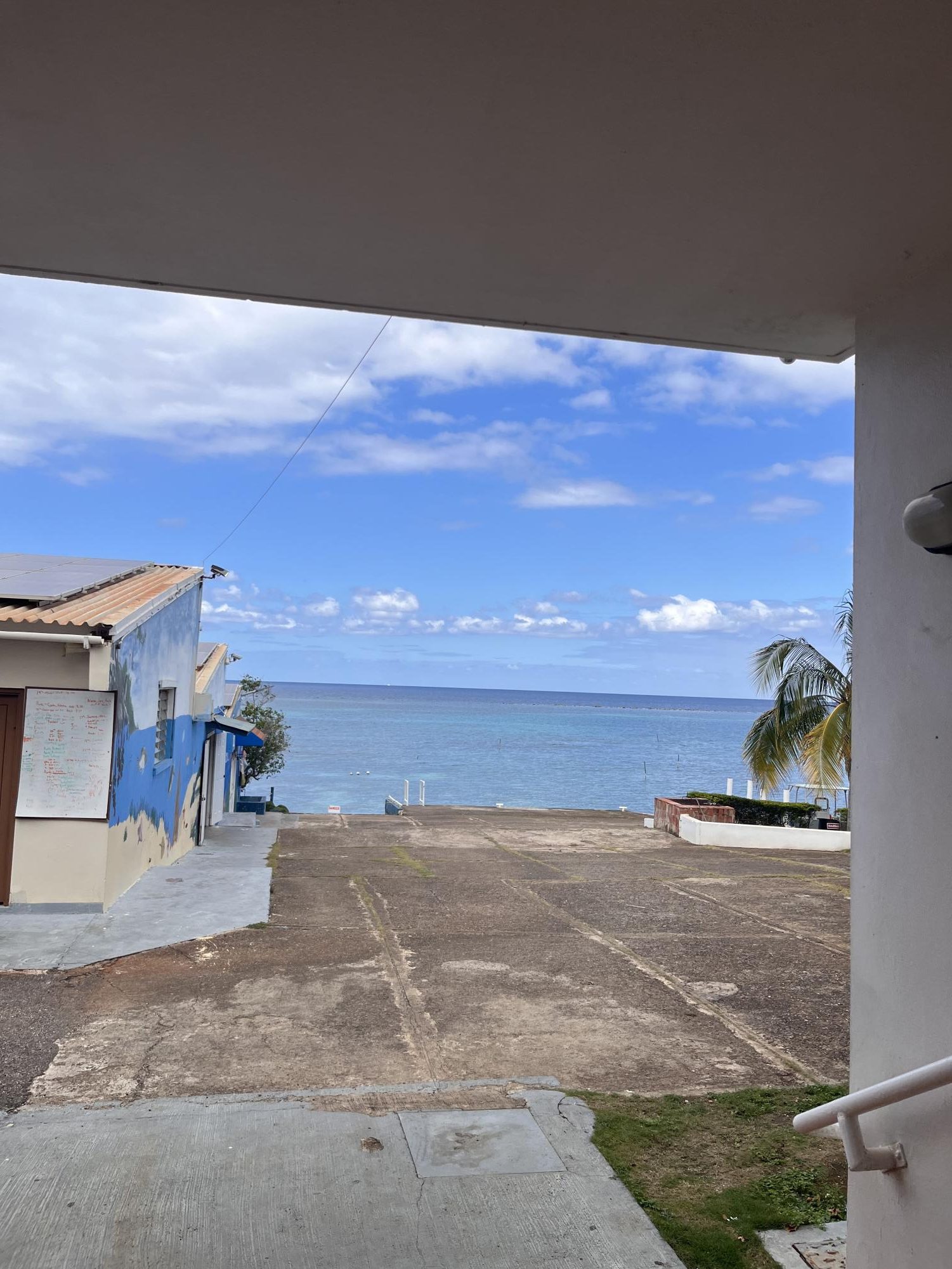
Our time was spent primarily at Discovery Bay Marine Lab, an absolute sanctuary for marine life. The lab is located in Discovery Bay, Jamaica, and is associated with the University of the West Indies. Founded in 1965 by Professor Thomas F. Goreau, this lab has been open to local schools and ones from abroad to visit for the purposes of both education and research. Over the course of our 10-day stay we would eat, sleep, and conduct our research at said lab.
The itinerary for this trip was fairly consistent throughout the week. The students would be awoken by the claws of vultures running rampant across our dormitory’s roof at the lab, then a delicious breakfast would be served at 7:30 before gearing up for snorkeling. The fifteen students were divided into four research groups, each group snorkeled in shifts to not churn up the water. Over the course of 10 days, I saw species that I never even dreamed of seeing other than behind glass at an aquarium. My personal favorites were the pufferfish, brittlestars, princess parrotfish, spotfin butterflyfish, eels, and blue tang, which, if you did not already know, is the same species as Dory from Finding Nemo. I even saw an octopus! Okay, maybe I just saw one of its tentacles, but I think that counts.
As the week went on my confidence grew as I began to swim out on my own. My progress from day one is something I am incredibly proud of. Every day I learned something new, which was a fantastic change of pace to my life at Moravian where I often feel stagnant. On this trip, I had an opportunity to make relationships with other Greyhounds who are not in my major. I’m sure some can relate when I say you see the same faces in class as soon as you declare your major. It is more common that you find yourself surrounded by other students in your field, unless you are a part of a team/club or your housing arrangement is made up of varying majors.
Discovery Bay Marine Lab is small but mighty, the equipment at this lab was truly fascinating. Including hyperbaric recompression chambers to treat scuba divers suffering from the bends and a fully functioning seawater lab. This lab completely eliminates the need for researchers to walk back and forth with buckets of seawater for their experiments; instead, they can just turn a faucet and pure seawater comes right out. The lab also kept us extremely well-fed as students were getting up early to snorkel for long periods of time, which drained our bodies. All of our meals were cooked with love by the amazing Auntie Precious. Some of my favorites were curried shrimp, chicken and dumpling soup, oxtail, and of course, jerk chicken! Once we ate, we were fueled and ready to conquer the rest of the day

When we weren’t busy doing fieldwork, Dr. Lord and Dr. Woods took us out on lots of excursions ranging from historically rich to simply breathtaking views. The Luminous Lagoon was our first activity outside the marine lab. In this water lives an algae that, when disrupted, glows a bright blue, and students had the opportunity to observe the organism from a boat, or the bravest could swim in the water itself. The next place we visited was Seville Heritage Park, which was a Taíno village before Spanish colonists came and enslaved the indigenous people of Jamaica. Decades later it now stands as a museum, sharing the tragic and rich history of the island. Dunn’s River Falls is a must-go spot for anyone visiting Jamaica. Students climbed rocks to reach the top of the stunning waterfall, swam in the sky-blue ocean, and took plenty of pictures for you to check out on all their Instagrams.
Of course, the saddest part of the trip was saying goodbye to the other people staying in the marine lab. We had grown close with the interns at Discovery Bay Marine Lab, staying up late watching movies with them, and even singing karaoke. Another painful goodbye was to the family of cats who live on the property, Sky and Ginger were two cats in particular who stole my heart. This trip was a once-in-a-lifetime experience that I would recommend to anyone!


